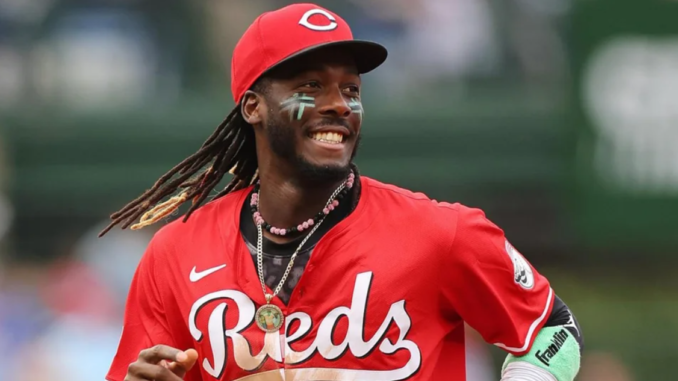
GOODYEAR, ARIZONA—Nick Krall began his baseball career as an intern with the Oakland Athletics during the famed “Moneyball” era. Now serving as Cincinnati’s president of baseball operations, Krall has spent his career immersed in advanced statistics. The Reds’ front office boasts a 10-person analytics team, including a Ph.D. specializing in neuroscience, dedicated to data-driven decision-making.
Despite the heavy reliance on analytics in Cincinnati and across baseball, there’s no definitive way to quantify a manager’s exact influence on a team. Krall acknowledges that measuring the impact of new Reds skipper Terry Francona isn’t possible.
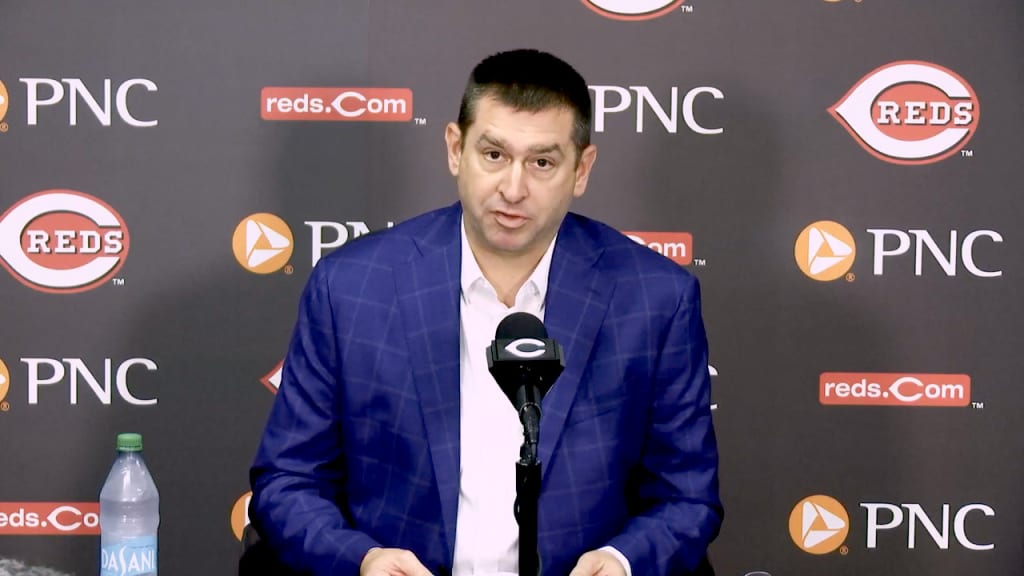
“It’s a lot of fun with this energy, and it just rubs off on you,” Krall says (pictured above with Francona and Reds CEO Bob Castellini). “Culture matters—if someone dreads going to work, they won’t perform at their best. But these guys are eager to improve and become the best players they can be. That’s how you put a better product on the field.”
Krall sits down for an exclusive Q&A to discuss the Reds’ future, Francona’s influence, and how recent roster moves will shape the team.
How would you describe the personality of this team and where the Reds are right now?
It’s a young team still discovering its identity, surrounded by some experienced young veterans. The energy is high, and the players are eager to win and grow individually. Watching them put in the hard work has been a lot of fun.
What’s the biggest difference in this group heading into the 2025 season?
As they get a year older, these players are still working to understand themselves and develop consistency. When you have 21- and 22-year-olds in the big leagues, they clearly have the talent to be there, but refining that consistency is key to their growth.
Even small improvements can make a difference—whether it’s refining baserunning, improving defensive positioning, or making better reads in the outfield. For example, Tyler Stephenson has significantly improved his game-calling over the years.
With young players, development is always a process. No matter who you are, that learning curve is just part of the journey.
Did you accomplish everything you wanted to with the moves you made during the offseason?
I’m excited about the players we’ve brought in. You’re always looking for ways to improve, always considering if there’s another move that can strengthen the team. There’s always something else you can do to make the club better. But right now, I really like the group we have and where we stand. We’ll see how it all comes together.
When you look at when you’re going to make a big move in a trade or free agency, is that about the player or about the timing and dropping in the right piece at the right time?
It’s a bit of everything—you consider the position they play, how well they play it, and whether a move strengthens the offense but weakens the defense. There are many factors to evaluate. You also have to determine which moves make sense and what you might need to give up to make them happen.
How much do managers impact wins and losses? Can you quantify that?
I’m not sure. But when you have someone like Terry Francona coming in with energy and a clear vision, he’s focused on getting things done the right way and holding everyone to a high standard. The players showed up in great shape, ready to go, and the practices have been fast-paced and upbeat. They’re putting in the work to get where they need to be.
Does that matter more than the chess moves in games or a manager’s role in the technical side of player development?
The focus is on creating an environment where players want to show up, work hard, and improve. It’s about maintaining high energy and fostering growth at this level. That’s the foundation of development—it all starts there.
You mentioned the efficient spring. What has stood out to you about the structure of the day that Francona has put in place? Every manager is different.
Yeah, everyone has their own approach. There are subtle differences, but nothing groundbreaking.
Looking more closely at the roster, how do you feel about your outfield?
Overall, things are looking solid. We’ll see how it all comes together once games start. TJ Friedl is in great shape, and Austin Hays is putting in the work to improve. Jake Fraley and Stu Fairchild both look strong. Some guys had ups and downs last season, but Will Benson is really getting after it. We’ll just have to see how it all plays out.
The Gavin Lux deal was interesting, dealing for one of the Dodgers’ good players. How did you learn he was available?
We monitor teams closely throughout the year. Assistant GM Jeff Graupe, in particular, stays in touch with agents during the offseason. He had been tracking the Dodgers and had numerous conversations to stay informed on player availability. When they signed free-agent second baseman Ha-Seong Kim, we knew Gavin Lux was available. The trade came together in just a few days.
When you made the move for Lux, was the main idea that he’d strengthen your lineup?
Exactly. His offensive performance in the second half of last season was impressive—he adjusted his approach and really turned things around. FanGraphs ranked him as one of the best in baseball during that stretch. If he can come close to repeating that, he’ll be a valuable player, no matter where he’s positioned.
On the roster last year, there were several freak injuries that you couldn’t control.
I think we had five or six players who injured their shoulders, either from diving or running into the wall, between the end of spring training and the first month of the season.
From what you can control, what can you do to keep this team healthier than it’s been over the last few years?
When you look at the position players, most of the injuries were impact-related. Friedl, Arroyo, and McLain all got hurt diving, and Blake Dunn ran into the wall. As for our pitching staff, the focus is on having enough depth to handle injuries when they come up—it’s part of the game. We want to ensure we can keep as many players healthy as possible while also having the depth to manage any injuries throughout the season.
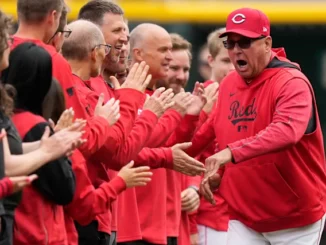
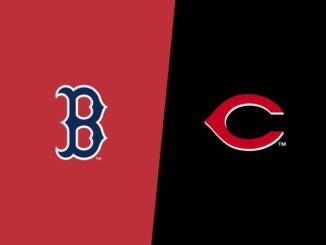
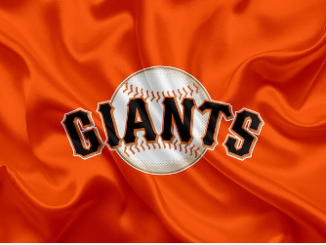
Be the first to comment